It’s only a year old, but the sanctuary’s new pollinator garden is lush with growth and color. We asked science coordinator Mark Faherty, who oversees the garden, about his goals for the project and whether it’s turning out as he’d hoped.

You’ve focused on native plants. Is that the idea– the more natives the better?
Yes. Natives are not necessarily preferred by generalist bees like bumblebees, who are happy to visit your catmint and butterfly bush, but having a variety of natives is the best way to provide food for a lot of different types of native bees and other pollinators, some of which are pickier. The other reason is that native insects, like moths, butterflies, beetles, leafhoppers, etc., use native plants as larval host plants or food sources, and those insects are important in their own right, plus they provide food for birds and other wildlife. The typical Asian nursery plants that people tend to landscape with don’t support the same diversity of native insects, even if they are buzzing with bumblebees.
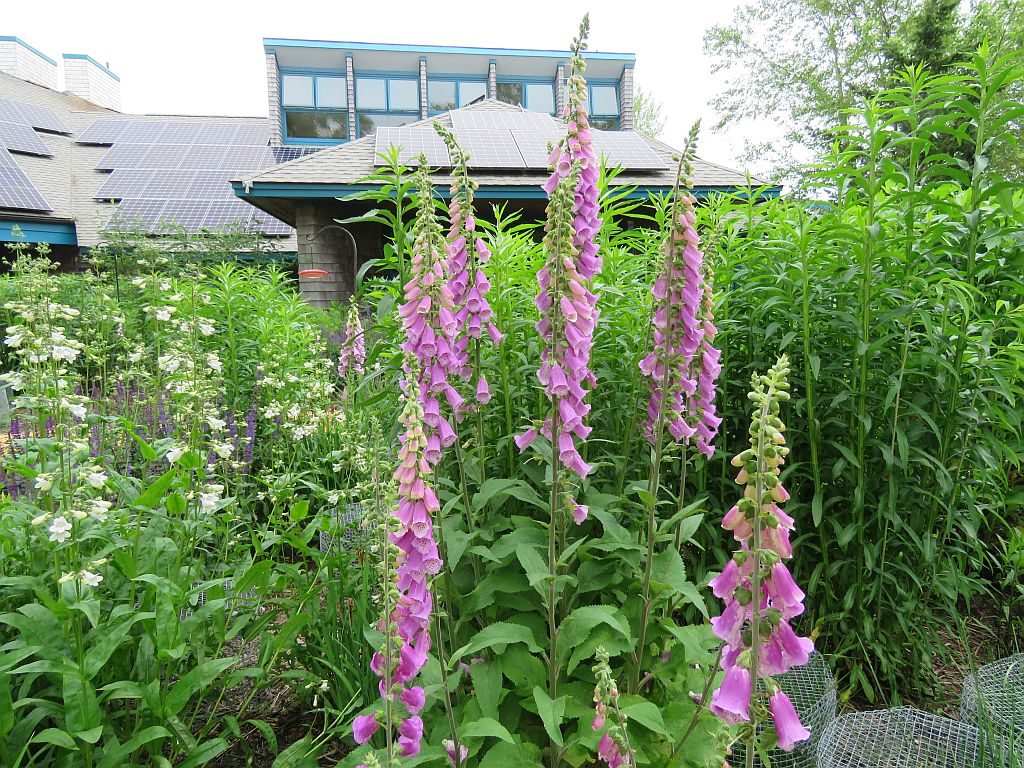
Did you start with a formal design?
Yes, I provided the plant list and worked with BlueFlax Design of Harwich on the design. They worked pro bono and we are very grateful.
What has been the biggest challenge in this project?
Rabbits eating dozens of plants and killing quite a few.
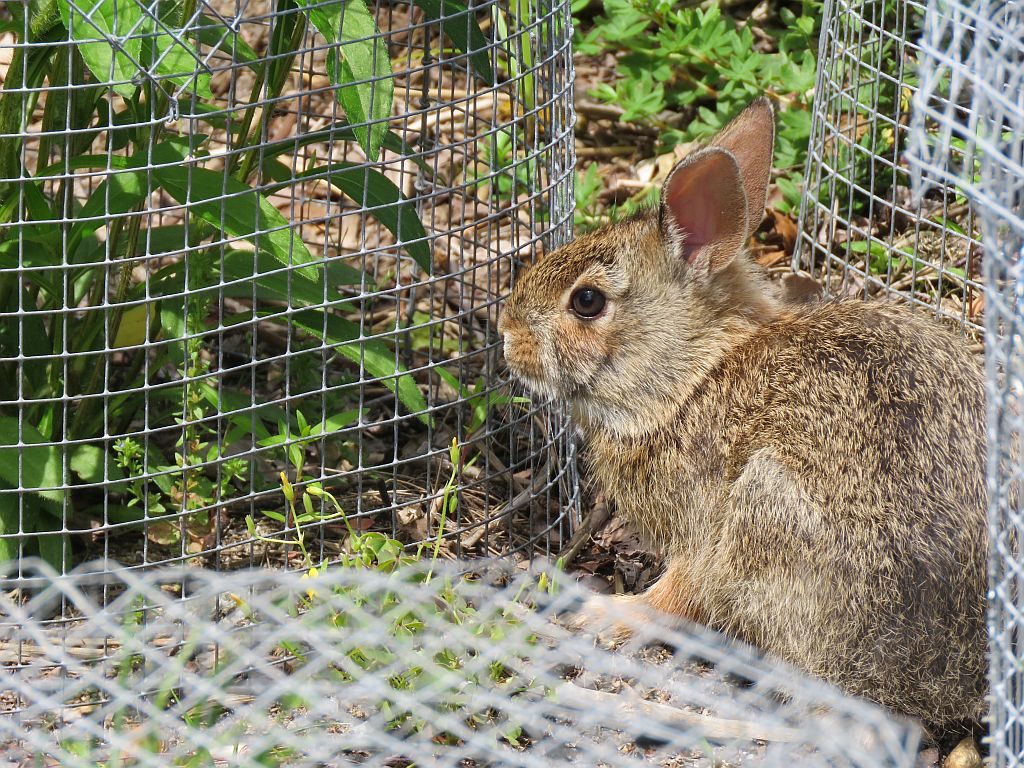
On the bunny question: do they eat pretty much anything or have you noticed they favor some plants over others?
Some plants seem to be 100% rabbit proof (columbine, Agastache, Helenium), others are rabbit candy and can’t be left unprotected for a day (asters, phloxes, lupine, Liatris, the native bunch grasses). Seeing what they eat and don’t eat has been valuable and allowed me to compile a list of rabbit proof plants for a Cape Cod pollinator garden.
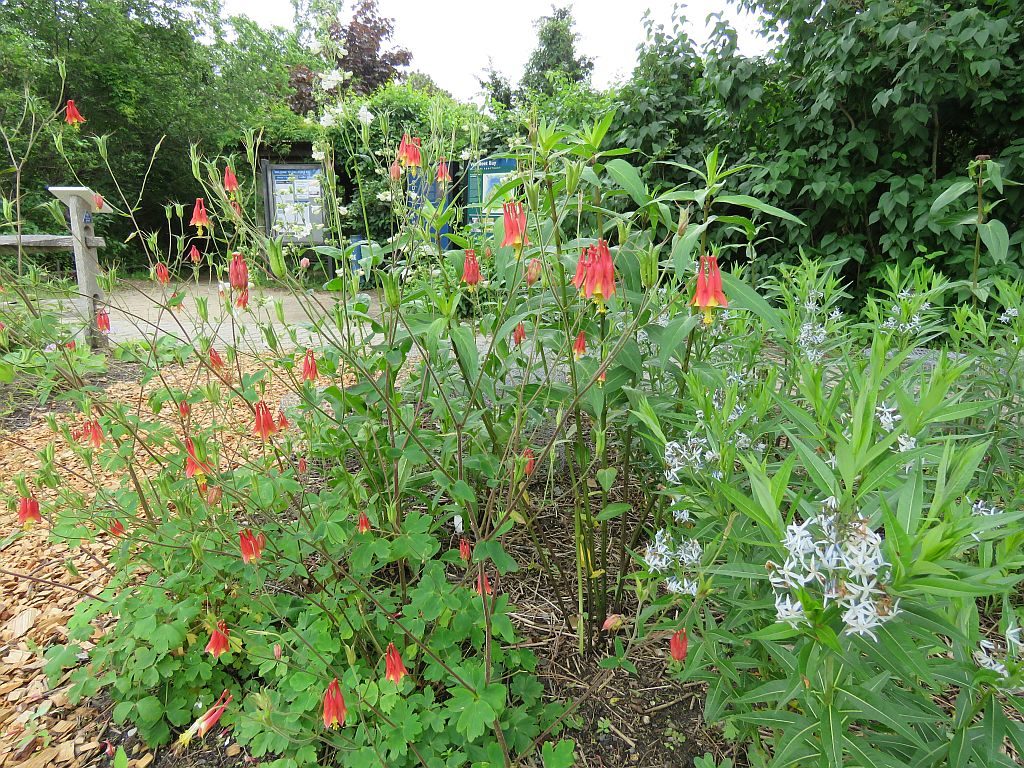
Have you had wildlife reaction to the new garden yet?
A wildlife garden should be a messy garden, so we leave the seed heads up in the fall, and the birds and other wildlife clearly appreciate it. I’ve also seen Orange-crowned Warblers in the garden twice in the last year – a rare migrant that likes weedy, sunny spots. The hummingbirds are loving the Columbine and Trumpet Honeysuckle – I barely see them at the feeders this spring. And the bees and butterflies were all over the place late last summer when things were peaking. As the pollinators get used to the plants being there each year they will visit even more.
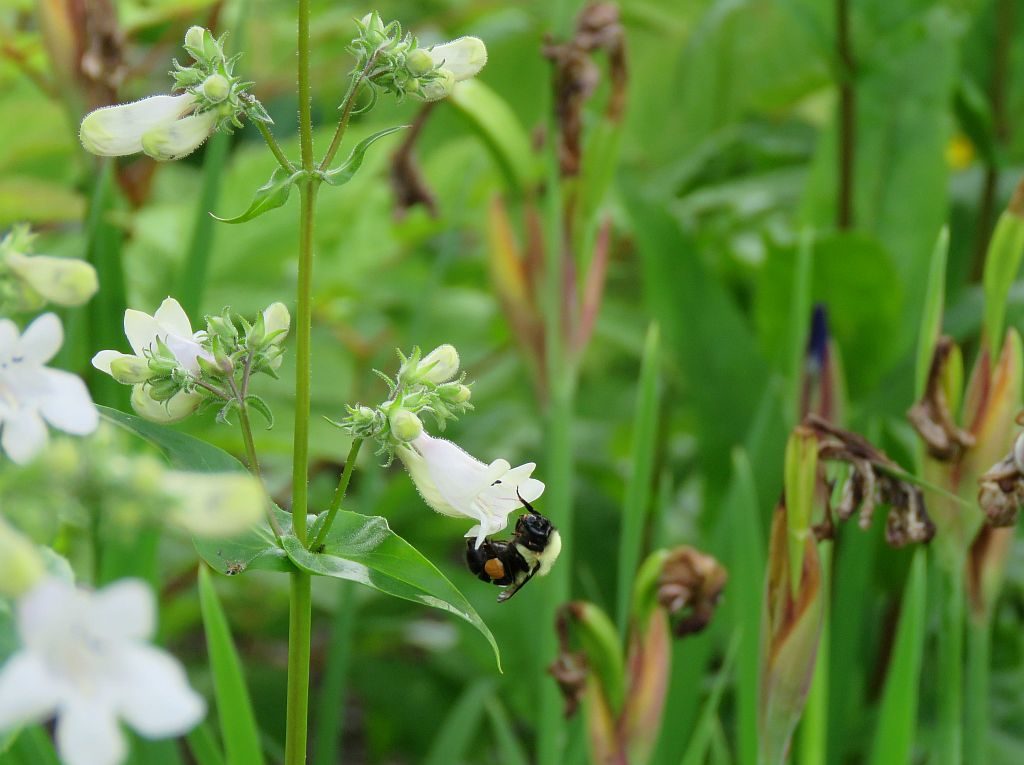
Do you hope to use the garden for educational purposes–do you anticipate doing a few public programs?
Yes – it’s meant to be an educational garden. It generates a lot of conversations, and landscaping is a way that literally anyone with some property can benefit wildlife. We want to help them do the right thing by providing the best information about choosing plants to attract and benefit wildlife as well as limiting pesticide and fertilizer use, reducing lawn cover, etc.
What will be your gauge for determining whether the garden has done and is doing what you wanted?
The ideal is a relatively maintenance free (ha ha) garden of overwhelmingly eastern US native plants that attracts and feeds a variety of wildlife (but not rabbits because Eastern Cottontails are not native to New England!).
Wellfleet Bay’s new pollinator garden wouldn’t be possible without the support of Mike Sarcione, David Consalvi, and the students of Cape Cod Regional Technical High School as well as BlueFlax Design.


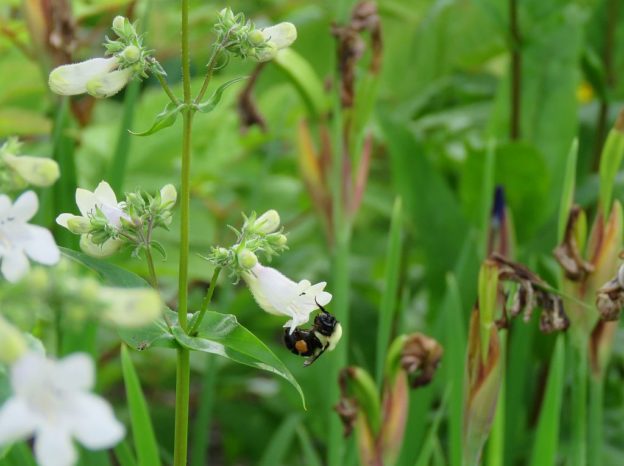
Wow Mark the garden looks fabulous. Great job